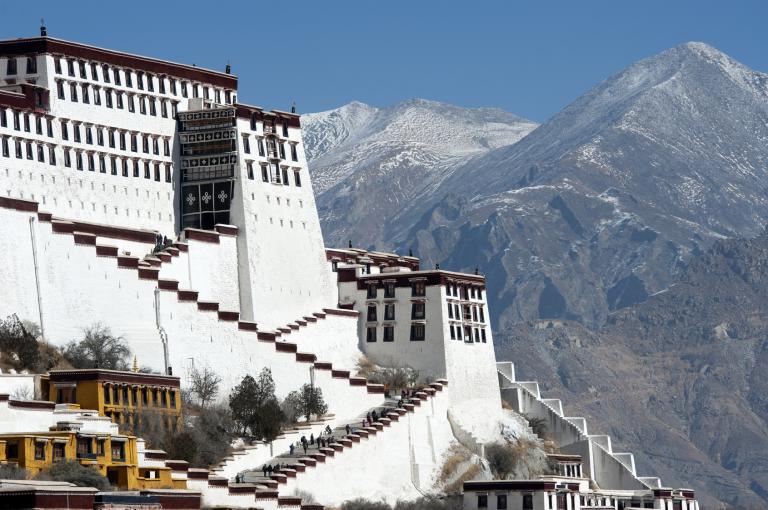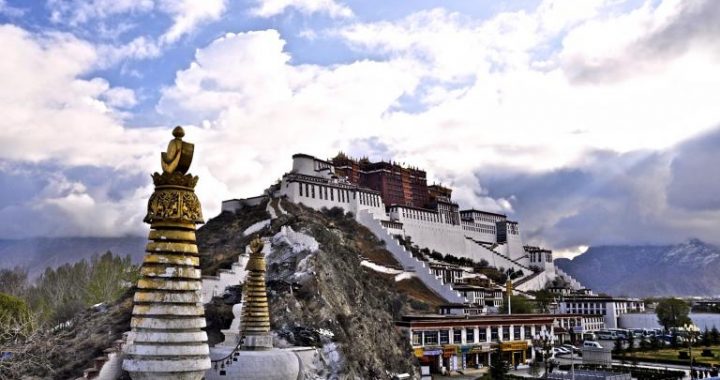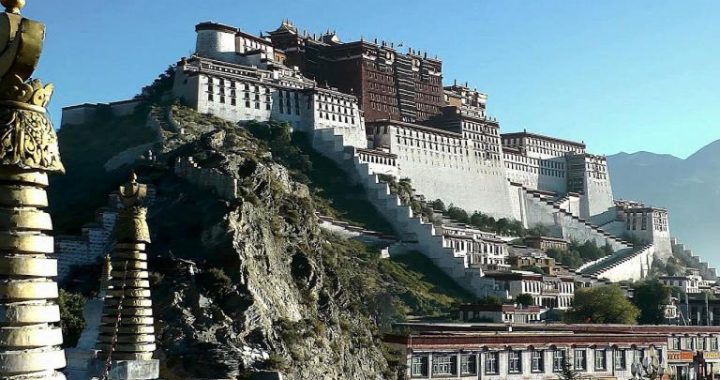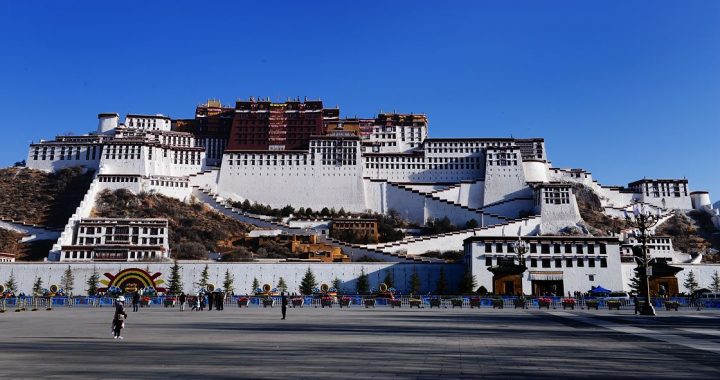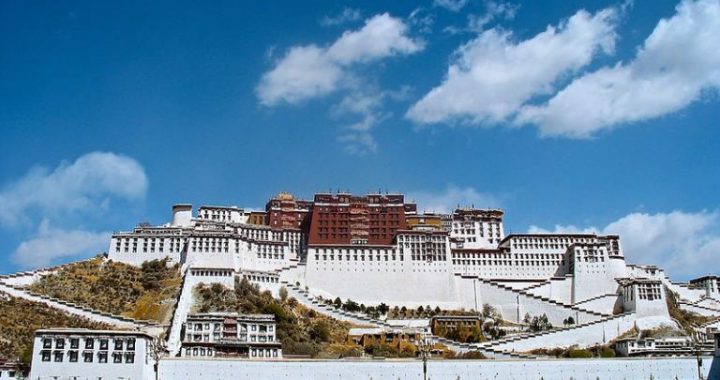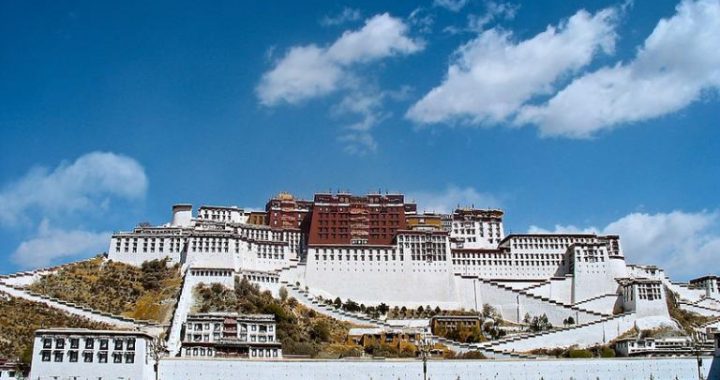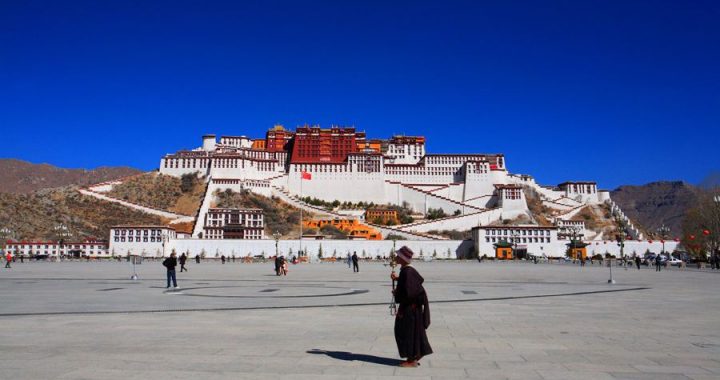The Potala Palace
3 min readTibetan fort-style houses are the most common buildings in the region Yumbulhakhang Castle, which is well preserved, was the first construction in the first century BCE. It is said that it is the oldest extant building in Tibet. After development and improvement for centuries, the Potala Palace Lhasa, established in the 7 century and rebuilt in the 17 century, finally formed its present majestic appearance. It represents the peak of Tibetan national architectural art, the perfect combination of castle and monastery and a symphony composed in the blue sky and white clouds. With solemn, magnificent an spectacular appearance, the Potala Palace has improved the historical status and cultural level of Lhasa, the holy city of Tibetan Buddhism, and the Lhasa Valley greatly. Little wonder UNESCO listed it as one of its”World cultural heritage sites.

The Potala Palace has a history of more than 1, 300 years and has become he largest and most complete ancient castle building complex in Tibet. In theearly 7 century, the Tubo Kingdom spread from its original base in Shannan to dominate the region. After succeeding to the title of Tsampo(king), Songtsan Gambo annexed neighboring tribes, united the Tibet localities gradually and established a strong slave-based regime in Tubo with his rare gifts and bold strategy. After moving the capital to Lhasa(known as Luoxie in history) in 633,Songtsan Gambo concluded a marriage contract with the Tang Dynasty. In 641,he married Princess Wencheng who had journeyed to Tibet for this purpose Historical materials state that, “to record this marriage for the descendants,Songtsan Gambo built a palace for Princess Wencheng. It is known that the palace was built with a tall wall of 0.5 km on all sides and 1,000 structures were built on the mountains, including 999 houses and a red building at the summitThe palace was decorated with many treasures to make it grand and magnificent Later, it came to be regarded as Mount Putuo, the second spiritual home o Bodhisattvas worshiped by pious Buddhists. The Potala Palace got its name from this.
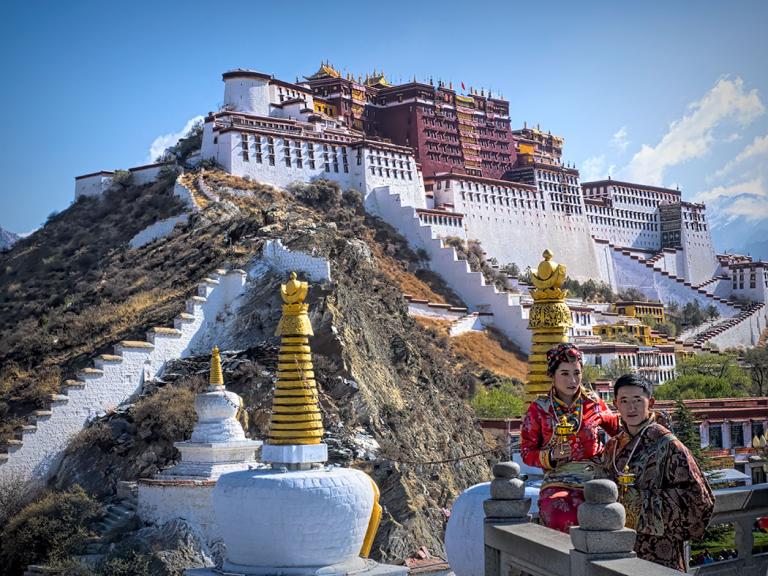
The Potala Palace that was built during the regime of Songtsan Gambo hasnt been preserved completely. It was first partially burned due to lightning during the Trison Detsam Period and wars in the late Tubo Period produced more destruction. Qoigyi Zhapo(Dharma Cave) and Parbalhakang(Bodhisattvas Palace) are the relics of that period. Today’s Potala Palace was rebuilt on the ruins of the old palace and castle from the 17th century.
From the south hillside of Red Mountain, the Potala Palace was built up to the summit. Its main buildings are made up of a series of magnificent buildings such as scripture halls, dagobas, Buddha halls, bedrooms, schools of Buddhism scripture school, monk dormitories, and so on. It covers a constructed area of 90,000 square meters, being nearly 360 meters wide from east to west and nearly 140 meters long from north to south. Including the area of castles in front of mountains and dragon King Lake in the rear, it covers an area of 41 hectares.
The 13-story Potala Palace is 115.4 meters high. Its walls are built withgranite with maximum thickness of 5 meters. Its base is set deep into the mountain bed of rock. The interlayer of some walls is filled with iron waterin order to enhance the integrity and seismic capacity of the whole building The Potala Palace takes full advantage of the terrain and the available space byintricate integration. The outer walls of the White Palace are brushed in white, while the Red Palace is painted red ochre. The middle of the Red Palace is equipped with 7-story large square panes, which are in stark contrast to the small windows and narrow ventilation openings in the White Palace. The combination of solid stone walls and golden roof provides s stunning contrast of light and dark, reality and illusion and also achieves centralized and unified harmony.
